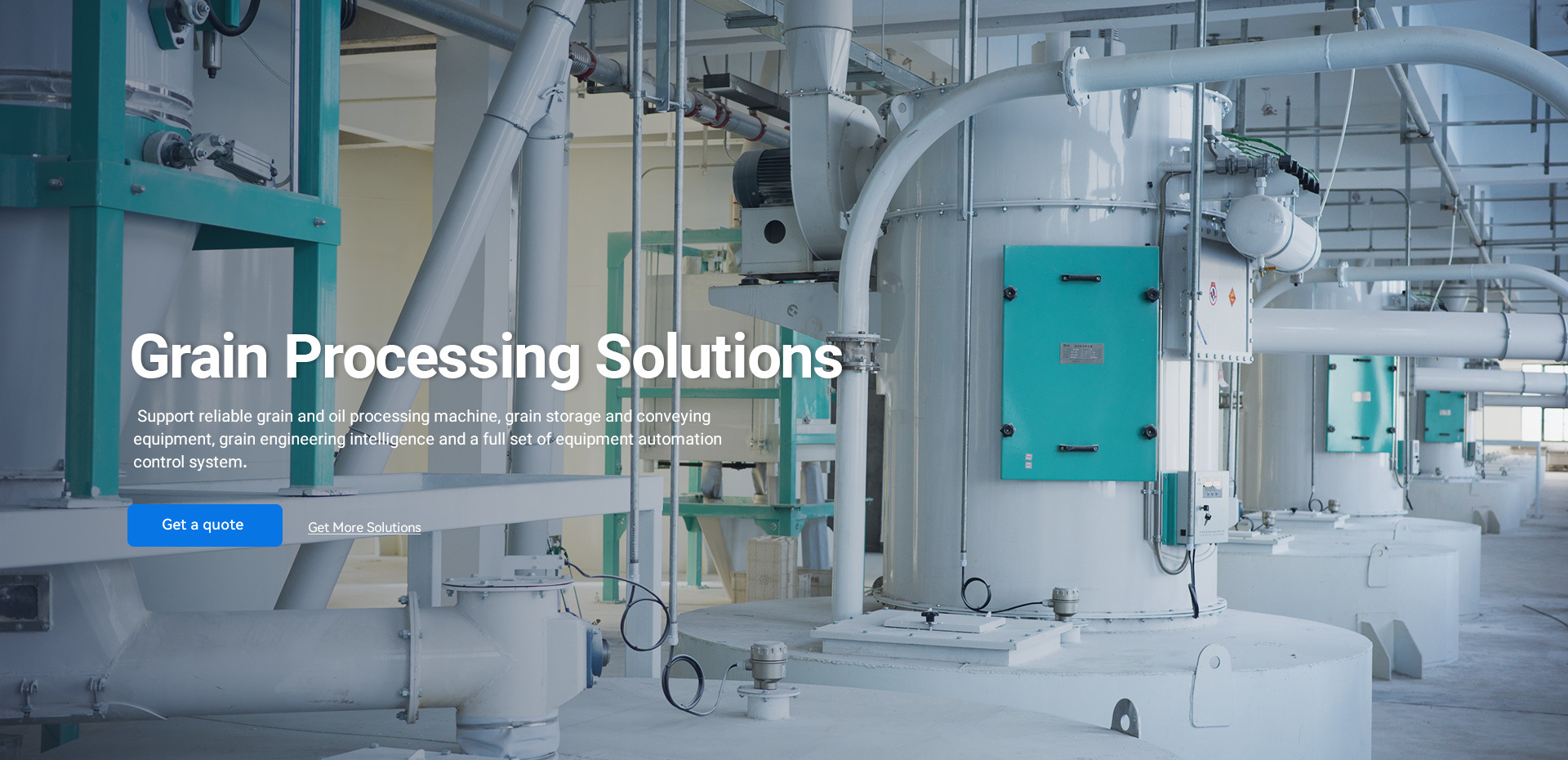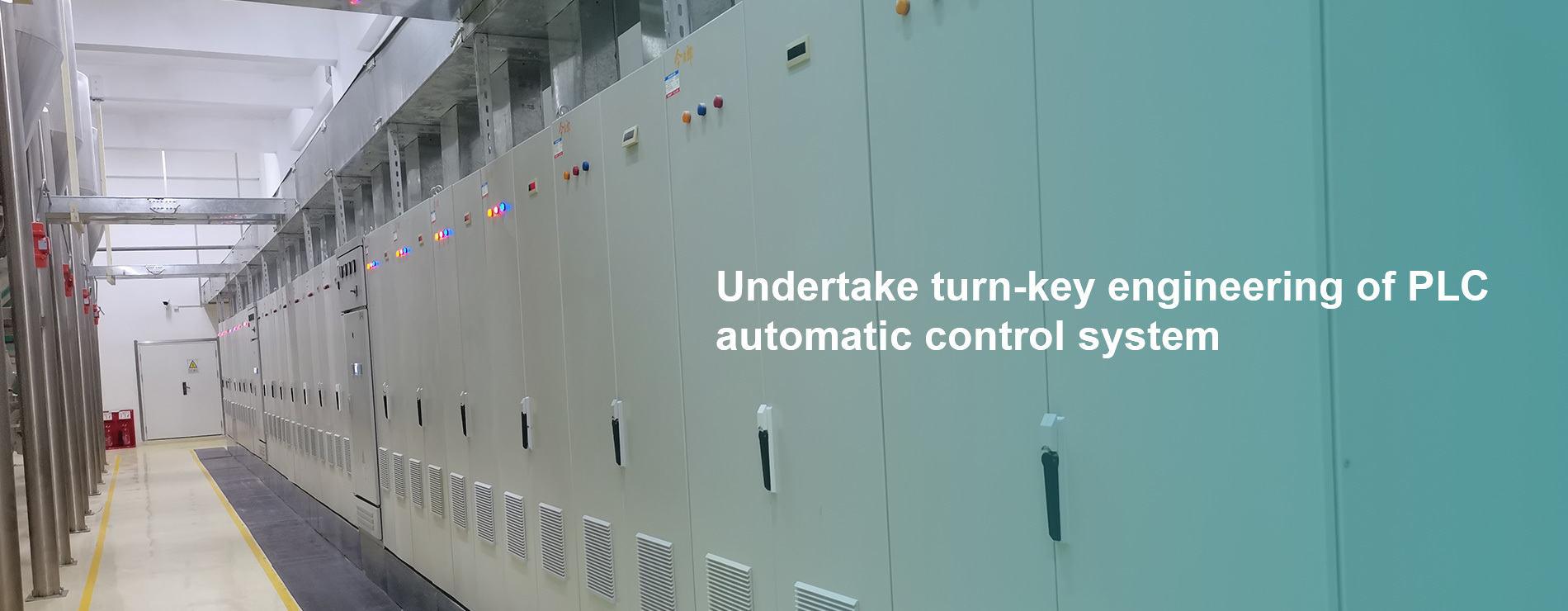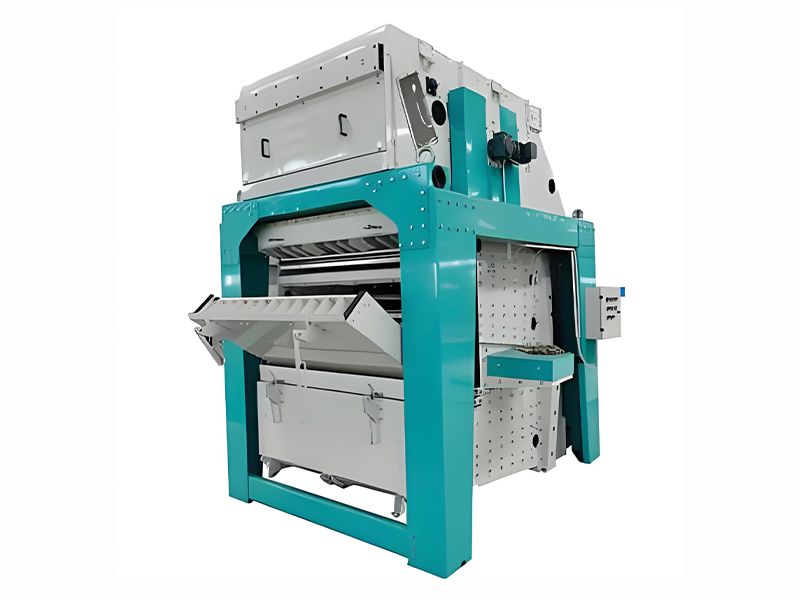Recent Posts
Top Advantages of Using Filler Feeding Systems in Farming
Release time:
Aug 22,2025
Top Advantages of Using Filler Feeding Systems in Farming Introduction to Filler Feeding Systems Farming practices have evolved significantly over the years, and one of the most noteworthy innovations in this transformation is the introduction of **Filler Feeding Systems**. These systems have revolutionized how farmers manage livestock feeding, ensuring greater efficiency and improved overall prod
Top Advantages of Using Filler Feeding Systems in Farming
Introduction to Filler Feeding Systems
Farming practices have evolved significantly over the years, and one of the most noteworthy innovations in this transformation is the introduction of **Filler Feeding Systems**. These systems have revolutionized how farmers manage livestock feeding, ensuring greater efficiency and improved overall productivity. In this article, we explore the numerous advantages of using such systems in modern farming, focusing on their impact on growth rates, cost-effectiveness, and the sustainability of agricultural operations.
What Are Filler Feeding Systems?
Filler Feeding Systems are mechanized feeding solutions designed to optimize the delivery of feed to livestock. They often utilize advanced technology to automate the feeding process, ensuring that animals receive the right amount of nutrients at the right times. This innovation addresses several challenges traditionally faced in farming, such as feed wastage and inconsistent feeding schedules.
How Do Filler Feeding Systems Work?
These systems typically consist of a combination of silos, conveyors, and automatic feeders. The feed is stored in silos and then distributed to the animals using conveyor belts or augers. By programming the system, farmers can control the quantity and type of feed dispensed, which can be adjusted based on the specific nutritional needs of different animal groups.
1. Enhanced Efficiency in Feed Management
One of the most significant advantages of Filler Feeding Systems is their ability to enhance efficiency in feed management. Automated systems reduce the time and labor involved in manually feeding livestock. This efficiency allows farmers to focus on other essential aspects of farm management, such as health checks and performance monitoring.
Reducing Labor Costs
By implementing Filler Feeding Systems, farms can significantly reduce their labor costs. Traditional feeding methods often require multiple workers to manage feeding schedules, which can be both time-consuming and expensive. Automation streamlines this process, allowing one person to oversee the feeding of multiple livestock groups simultaneously.
Minimizing Feed Waste
Feed waste is a common concern in farming, often leading to increased costs and decreased profitability. Filler Feeding Systems are designed to minimize waste by delivering precise amounts of feed. The system can be programmed to dispense only what the animals will consume, reducing excess feed that might otherwise be left uneaten.
2. Improved Animal Health and Growth Rates
Another crucial benefit of using Filler Feeding Systems is the positive impact on animal health and growth rates. Proper nutrition is fundamental to the well-being of livestock, and these systems ensure that animals receive balanced diets consistently.
Consistent Nutritional Delivery
With Filler Feeding Systems, farmers can provide consistent and adequate nutrition tailored to the specific needs of their animals. This consistency helps prevent nutritional deficiencies and related health issues, ensuring that livestock remain healthy and productive.
Accelerating Growth Rates
When animals receive the appropriate nutrients at the right time, their growth rates can significantly improve. Studies have shown that livestock fed using automated systems tend to grow faster and more efficiently than those fed manually. This acceleration can lead to quicker turnaround times and increased profitability for farmers.
3. Cost-Effectiveness and Increased Profitability
Filler Feeding Systems can lead to substantial cost savings, making them a worthwhile investment for modern farms. By reducing labor costs, minimizing feed waste, and improving animal health, these systems contribute to overall profitability.
Return on Investment (ROI)
Investing in a Filler Feeding System may seem daunting initially; however, the potential ROI is significant. By streamlining operations and improving livestock growth, farmers can see a return on their investment in a relatively short time frame. The decrease in labor and feed costs further enhances this return.
Long-term Financial Benefits
Over time, the financial benefits of using automated feeding systems accumulate. The reduction in wasted feed and the improved health and productivity of livestock can lead to increased revenue streams for farmers. Additionally, as the demand for sustainably farmed products continues to rise, adopting modern technology positions farmers to meet these demands effectively.
4. Enhanced Data Tracking and Management
The integration of technology into Filler Feeding Systems allows for enhanced data tracking and management capabilities. This feature not only optimizes feeding practices but also contributes to better decision-making processes on the farm.
Real-Time Monitoring
Many Filler Feeding Systems come equipped with sensors that provide real-time monitoring of feed consumption and animal health. Farmers can track nutritional intake and make adjustments as needed, ensuring that all animals receive optimal care.
Informed Decision-Making
Access to data enables farmers to make informed decisions regarding their operations. By analyzing feeding patterns and growth rates, they can fine-tune their practices for maximum efficiency and profitability. This data-driven approach represents a significant shift from traditional methods, allowing for more precise management of resources.
5. Environmental Sustainability
In today's agricultural landscape, sustainability is more important than ever. Filler Feeding Systems contribute to environmental sustainability in several ways.
Reducing Carbon Footprint
By improving feed efficiency and minimizing waste, these systems help reduce the overall carbon footprint of farming operations. Less feed waste translates to fewer resources expended in production, which can have a positive environmental impact.
Optimizing Resource Use
Filler Feeding Systems promote the efficient use of resources, including feed, water, and energy. By ensuring that livestock receive the right amount of nutrition, farmers can reduce the need for additional feed inputs, further conserving natural resources. This optimization aligns with the global push for more sustainable farming practices.
6. Customization and Flexibility
Farming operations can vary significantly, and the flexibility of Filler Feeding Systems allows farmers to customize their feeding strategies to meet specific needs.
Tailored Feeding Programs
Different livestock species and even individual animals may have unique nutritional requirements. Filler Feeding Systems enable farmers to tailor feeding programs that cater to these needs, ensuring every animal receives a balanced diet based on age, weight, and production goals.
Scalability for Growth
As farming operations grow, so do the feeding requirements. Filler Feeding Systems can be scaled up to accommodate larger herds or flocks without a significant increase in labor costs. This scalability makes them a future-proof investment for farmers looking to expand their operations.
7. User-Friendly Interfaces and Technology Integration
Modern Filler Feeding Systems come equipped with user-friendly interfaces that make operation simple, even for those who may not be tech-savvy.
Ease of Operation
Most systems feature intuitive controls that allow farmers to set feeding schedules and monitor intake with ease. This accessibility ensures that farmers can quickly adapt to changes in livestock needs without extensive training.
Integration with Other Farm Management Tools
Filler Feeding Systems can often be integrated with other farm management tools, creating a comprehensive system that enhances overall farm efficiency. Connecting feeding systems with herd management software allows farmers to have a complete view of their operations, improving management decisions.
8. Frequently Asked Questions (FAQs)
What types of livestock benefit from Filler Feeding Systems?
Filler Feeding Systems are beneficial for various types of livestock, including cattle, pigs, and poultry, ensuring each species receives their specific dietary requirements.
How much do Filler Feeding Systems cost?
The cost of Filler Feeding Systems can vary widely based on the system's complexity and features. However, most farmers find that the long-term savings and efficiency gains justify the initial investment.
Are Filler Feeding Systems adjustable for different feed types?
Yes, Filler Feeding Systems can be programmed to accommodate different types of feed, allowing farmers to switch between feeds as needed based on livestock requirements.
Can these systems help with disease prevention in livestock?
By ensuring consistent nutrition and minimizing stress through automated feeding, Filler Feeding Systems can contribute to better overall health, which is crucial in preventing diseases in livestock.
How often should Filler Feeding Systems be cleaned and maintained?
Regular maintenance and cleaning are critical to ensure optimal performance. Farmers should establish a cleaning schedule based on usage levels and manufacturer recommendations.
Conclusion
The adoption of Filler Feeding Systems in farming offers a multitude of advantages that go beyond mere convenience. From enhancing efficiency and improving animal health to promoting sustainability and maximizing profitability, these systems represent a significant advancement in agricultural practices. As the industry continues to evolve, embracing such innovations will become increasingly essential for farmers aiming to thrive in a competitive landscape. Investing in Filler Feeding Systems not only benefits individual operations but also contributes to the broader goal of creating a more sustainable and efficient agricultural future.
keywords
Previous Page:
Previous Page:

HOW CAN WE HELP ?
Get In Touch With Us!
Contact Information
Fax: +86-371-23227333
E-mail: global@aomgmach.com
Production base: Zongdian Industrial Zone, Qi County, Kaifeng City
Business license




